Krill or anchovy? Baleen whale songs may indicate what’s on the menu
For humpback whales in the Pacific, their songs may be a solid indicator of the type of food that is swimming nearby. By listening in on their songs from year to year, a team of scientists found variations in their tunes based on the species that are available for them to eat. The findings are […] The post Krill or anchovy? Baleen whale songs may indicate what’s on the menu appeared first on Popular Science.
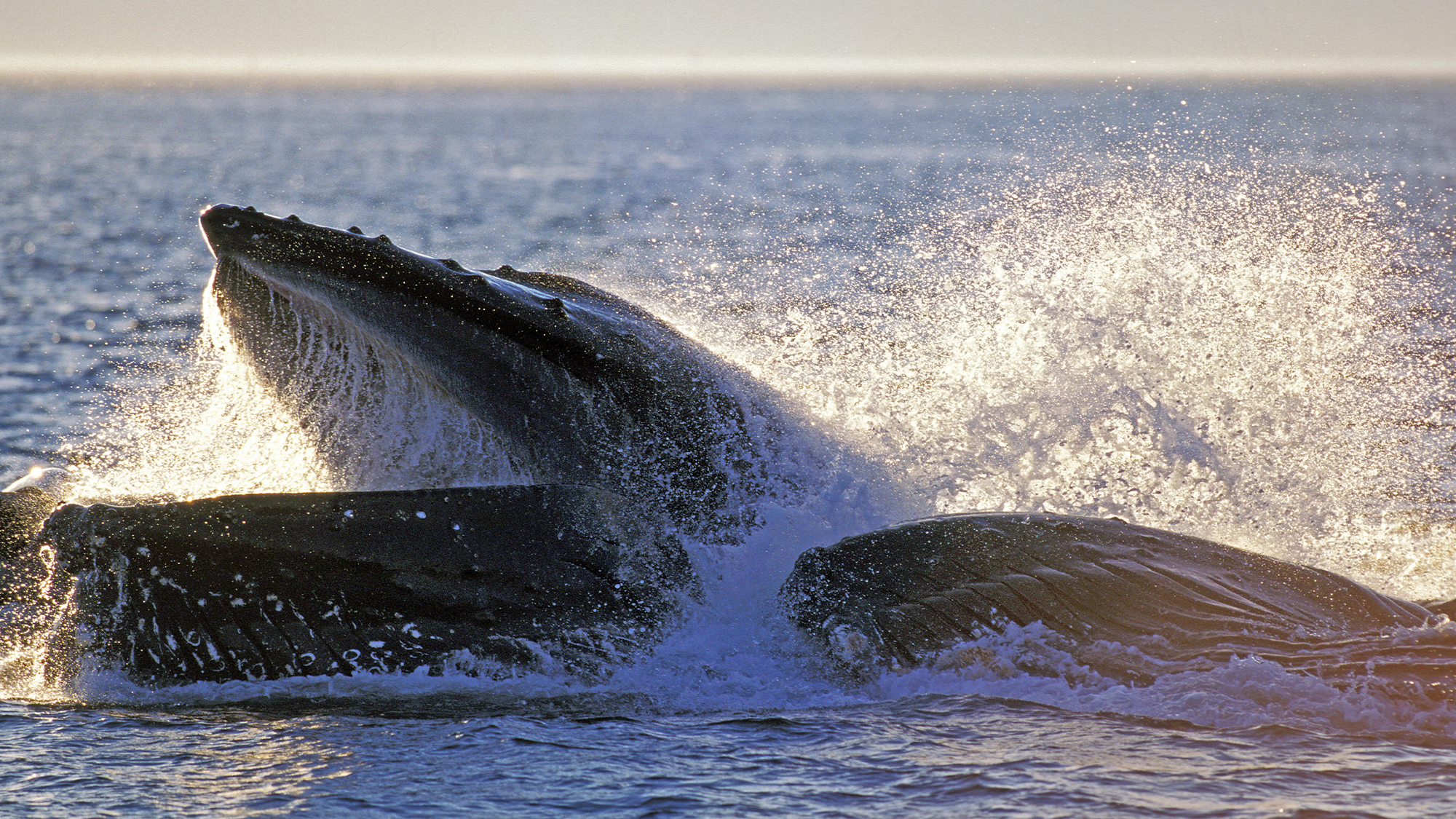
For humpback whales in the Pacific, their songs may be a solid indicator of the type of food that is swimming nearby. By listening in on their songs from year to year, a team of scientists found variations in their tunes based on the species that are available for them to eat. The findings are detailed in a study published February 26 in the journal PLOS One.
The Pacific Ocean is the largest body of water on Earth and monitoring populations of large marine mammals like whales can be challenging. According to NOAA, some humpback whales in the Northern Pacific migrate roughly 3,000 miles from Alaska to feed and then to Hawai’i to breed. They can even complete this journey in only 28 days. Depending on the species, whale songs can also travel thousands of miles.
To monitor and track these baleen whales, scientists deploy underwater microphones called hydrophones. In the new study, the team monitored songs from blue, fin, and humpback whales. They followed the pods traveling off of the West Coast of the United States for six years, looking to see what song data might say about the health of their ecosystem.
They found large variations in how often the whales were vocalizing over the six years of study. The humpback whale songs continually increased and were detected on 34 percent of days at the beginning of the study. They eventually rose to 76 percent of days after six years. This increase in song also consistently tracked alongside improved foraging conditions for humpback whales. Initially, there was a large increase in krill, shortly followed by a leap in anchovy abundance.

By comparison, blue and fin whale song rose primarily during the years where krill was more plentiful. The increase of humpback whale songs is also consistent with their ability to switch between dominant prey. Skin biopsy samples confirmed that changes had occurred in the whales’ diets.
Other factors that may have contributed to the patterns include whether or not other whales were vocalizing nearby. However, the changes in foraging conditions were the most consistent factor in this study.
[ Related: We finally know how baleen whales make noise. ]
According to the team, these findings indicate that seasonal and yearly changes to the amount of baleen whale song might mirror changes in the local food web. A better understanding of the relationship between using whale song detection and the availability of krill, anchovy, and other fish may help researchers better interpret hydrophone data,
“Surprisingly, the acoustic behavior of baleen whales provides insights about which species can better adapt to changing ocean conditions,” John Ryan, a study co-author and biological oceanographer at Monterey Bay Aquarium Research Institute said in a statement. “Our findings can help resource managers and policymakers better protect endangered whales.”
The post Krill or anchovy? Baleen whale songs may indicate what’s on the menu appeared first on Popular Science.



































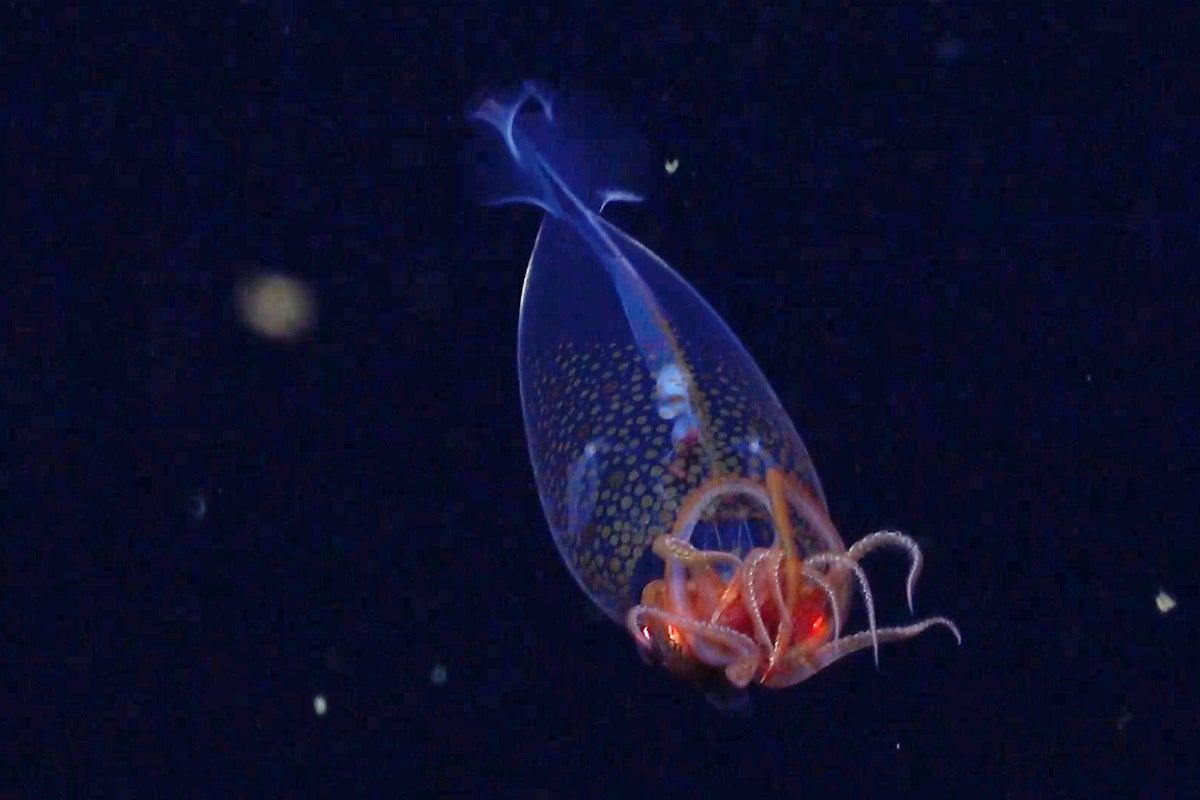
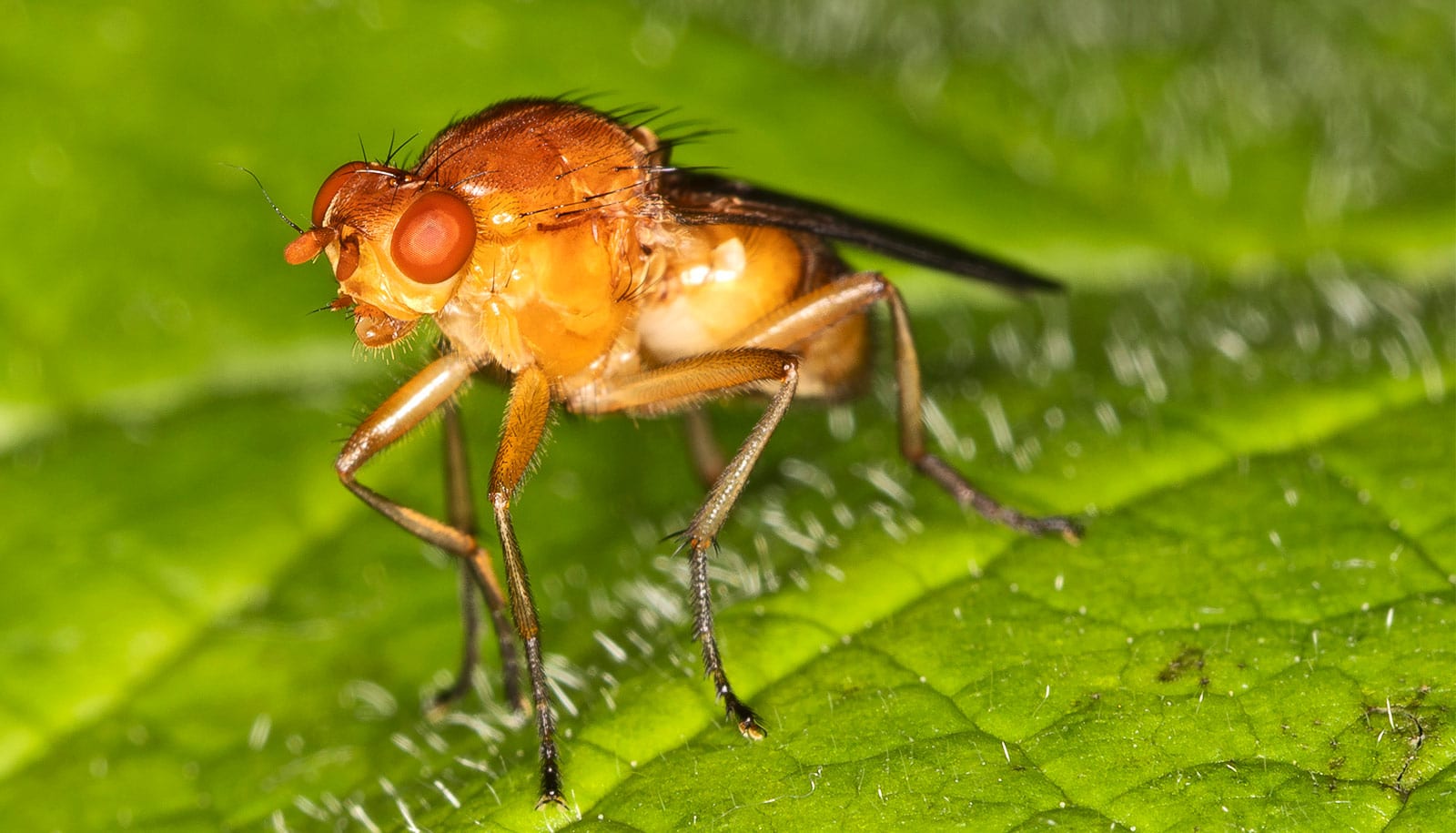




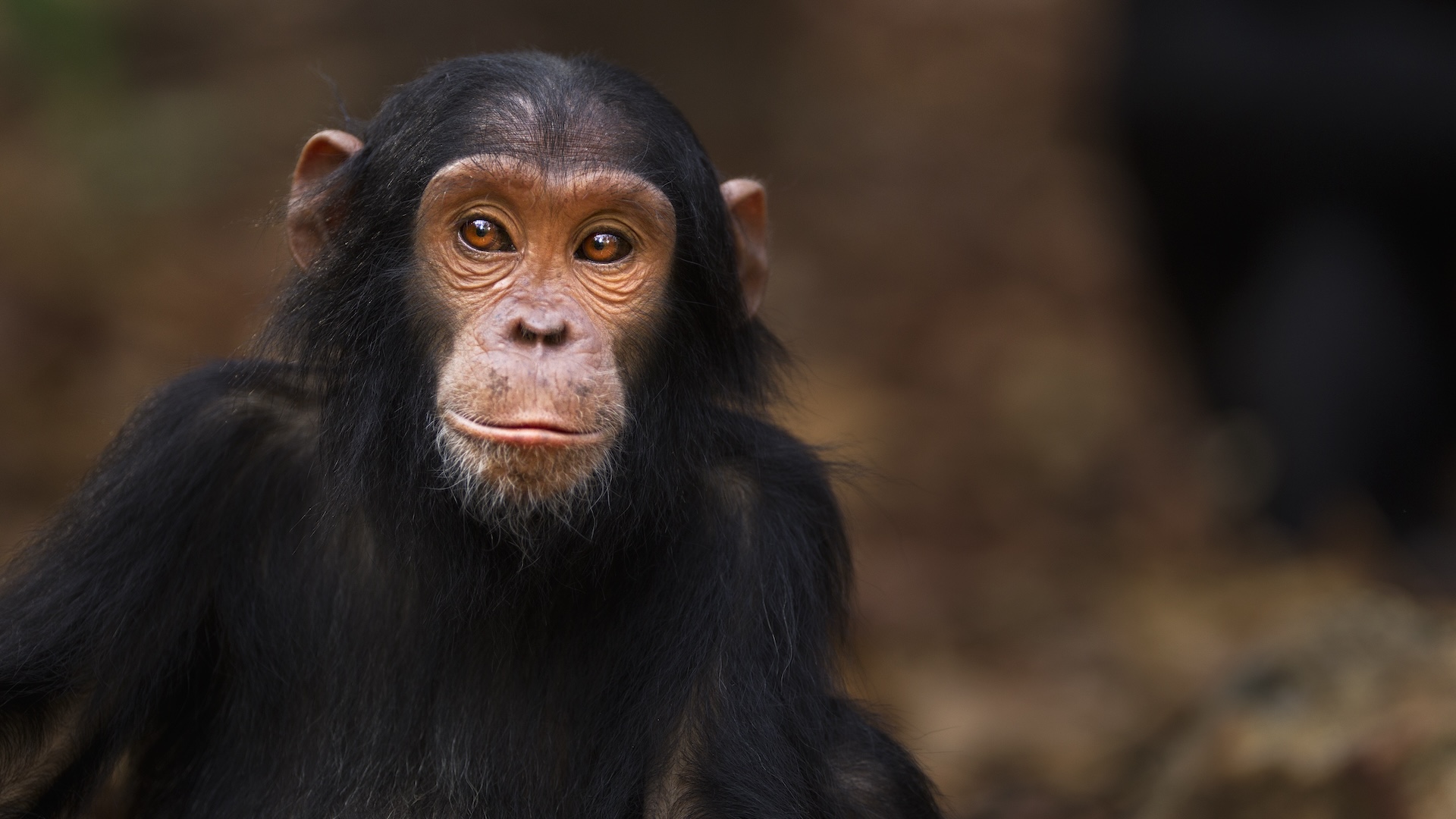
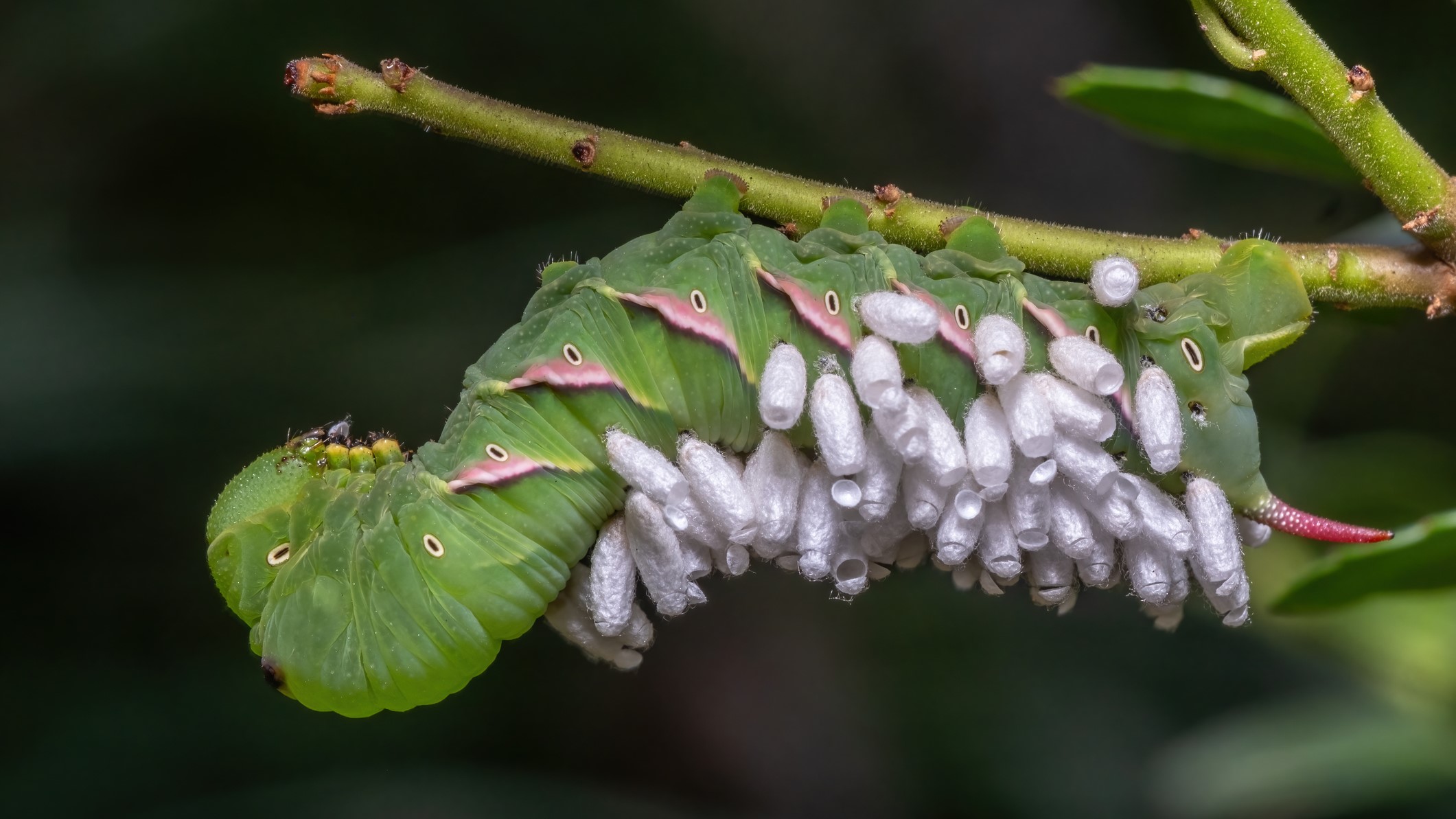





















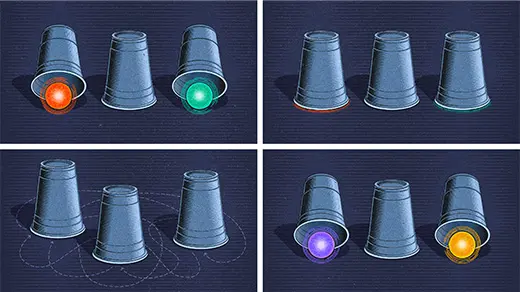


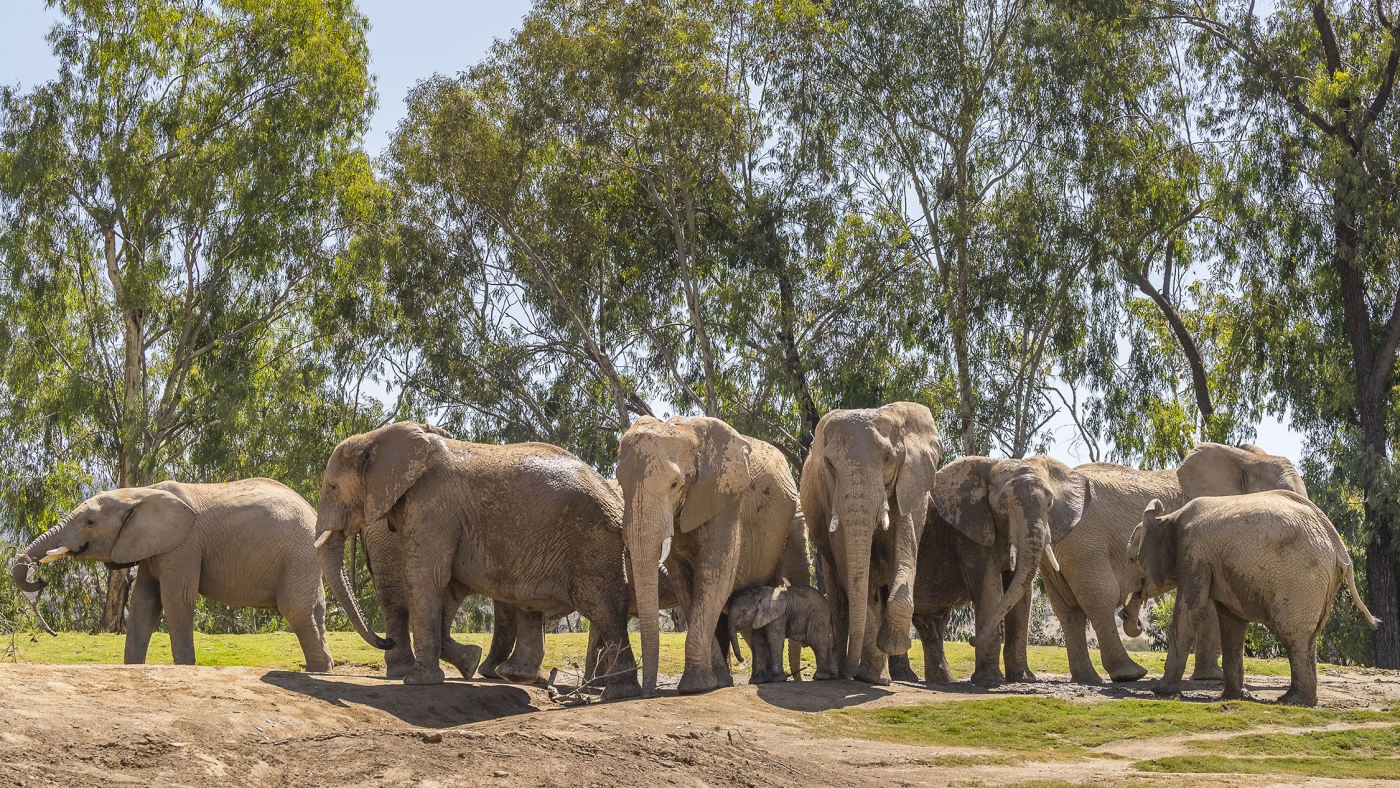























































![The breaking news round-up: Decagear launches today, Pimax announces new headsets, and more! [APRIL FOOL’S]](https://i0.wp.com/skarredghost.com/wp-content/uploads/2025/03/lawk_glasses_handson.jpg?fit=1366%2C1025&ssl=1)















